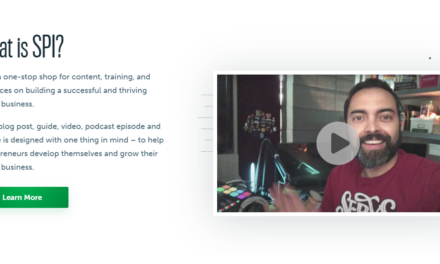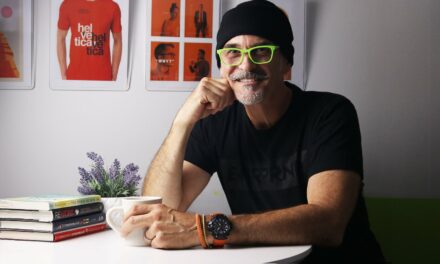The 2016 Academy Award for Best Picture went to Spotlight. The movie chronicles the research and reporting done by a team of investigative journalists at The Boston Globe (who won a Pulitzer Prize for uncovering rampant sexual abuse of children by Roman Catholic priests in Massachusetts). If you’ve seen the film, you may have been struck by the cool demeanor and detached reserve of the reporters. However, objectivity is what we have come to expect from these unsung heroes who shed light on events that might otherwise go unnoticed. As Sam Roe wrote in the Columbia Journalism Review (CJR) article (“Could Collaborating With Scientists Be the Next Step for Investigative Reporting?”), for many years, “investigative reporters have approached stories with a similar mindset: Find the bad guys,” and “copy down what people said and leave it at that.”
Big Data, the big disrupter of all industries, might alter that approach. The collection of massive amounts of data has caused practitioners in many fields to reconsider how they do business. In politics, campaign managers are partnering with data scientists in order to target certain voters with specific ads. Insurance company executives are analyzing purchasing patterns of policyholders in order to predict risky behaviors. And every day, journalists are reporting on Big Data initiatives. But what if reporters could partner with data scientists on the projects themselves, documenting each stage of the project as it unfolds, citing setbacks and false starts as well as hypotheses that didn’t pan out-but, ultimately, uncovering the answers in real time? Is it ethical for investigative reporters to push the boundaries of their roles by collaborating with the main characters of their stories in order to affect change?
Sam Roe and Karisa King, of the Chicago Tribune, decided to try to take investigative journalism to a new level by partnering with data scientists and researchers to produce a groundbreaking series, Dangerous Doses. They spent 2 years working with a team at Columbia University, using a novel approach to uncovering adverse drug reactions: They first looked for symptoms, rather than focusing on drugs that patients were taking. They mined the U.S. Food and Drug Administration’s (FDA) adverse events database, zoomed in on signs of a heart condition, and then combed through more than 380,000 electronic patient records to see which drugs patients presenting with these symptoms were taking.
Previous Big Data studies have done this as well, but in those studies, once the scientists recognized that certain drugs taken together can cause adverse reactions not seen in patients taking one of the drugs alone, they stopped there, recognizing these interactions as signals that warranted further investigation. Roe and King went a step further, asking Columbia researchers to test the drug pairs on hamster ovary cells in order to prove the theory. The Tribune approached the drug manufacturers with their findings, and the study was also published in the journal Drug Safety.
It turns out that Roe and King were uncannily prescient in realizing that journalists may have to transfer their skills to other job functions in order to remain viable. Fast Company magazine recently highlighted a CareerCast Jobs Rated report that ranked newspaper reporter as the Worst Job of 2016. After reading this, I was mystified as to how journalism could be considered less desirable than coal mining, lumberjacking, and pest control, but the criteria used to select the worst jobs was based on income, growth potential, and future employment opportunities.
The message seemed to be that there is little perceived value in “writing down what happened.” However, if reporters become embedded in research projects, analyze data, write reports, and create data visualizations, they will be taking several proactive steps toward ensuring their employment long into the future.
The pervasiveness of Big Data is an opportunity to transfer existing research, writing, and analytical skills to the nascent field of data science. For journalists, as Roe wrote in CJR, data science can provide “a fresh approach to investigative reporting-one that presents new opportunities to spark change, but perhaps also challenges the boundaries of public service journalism.”






